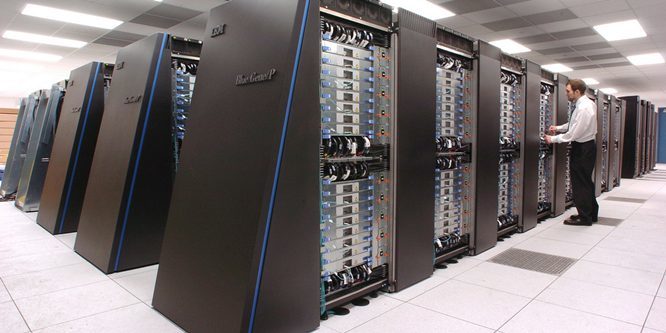Working over the festive season is never fun but two scientists who found themselves stuck in the lab on Christmas Day 20 years ago put their time to good use by changing the world forever.
Briton Sir Tim Berners-Lee and his Belgian colleague Robert Calliau launched the first ever web page on December 25, 1990, which explained the guiding principles of how the world wide web would work.
It may have looked unimpressive anyone interested can view a copy of the page at http://info.cern.ch/hypertext/WWW/TheProject.html and been an unheralded revolution at the time, but it was arguably the most important leap forward mankind has taken over the past two decades.
Although the terms world wide web and internet are used interchangeably, the two are different things.
The internet simply referred to a connected system of computer networks, the World Wide Web is a programme running on the internet that allows us to access a near infinite amount of information.
Since the creation of the first web page, the world wide web has changed just about every facet of human life.
It’s now possible to shop although not always in time for Christmas read books, talk to distant relatives on the other side of the world, watch films, listen to music and play games.
If fact, it is hard to think of anything that hasn’t been changed in some way by the world wide web.
And while it was once necessary to use a dial-up modem and a desktop computer to access the world wide web, most of us are now permanently connected to an entire world of information through the smart phones in our pockets, devices that are so technologically advanced they would have seemed fanciful if featured in science fiction written at the same time as Berners-Lee and Calliau were drawing up their plans.
Ironically, the inventors of the world wide web have not benefited financially from their creation, although Sir Tim Berners-Lee won the £1 million Millennium Technology Prize.
But it was not created for profit, although others have capitalised on the opportunity it offers. Instead, its designers wanted to find a new way to share information and bring people together which is, after all, what Christmas is all about.
